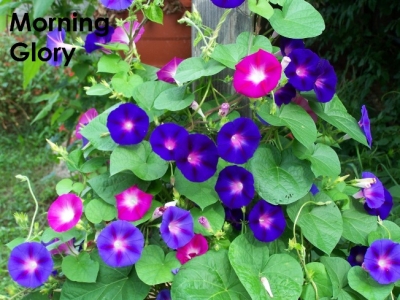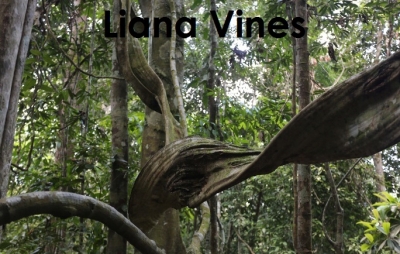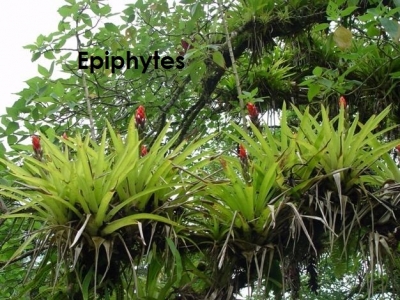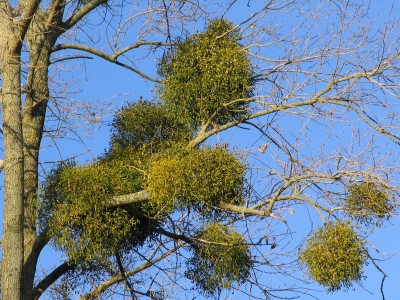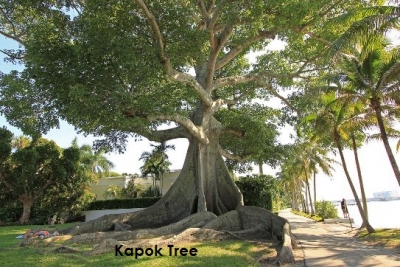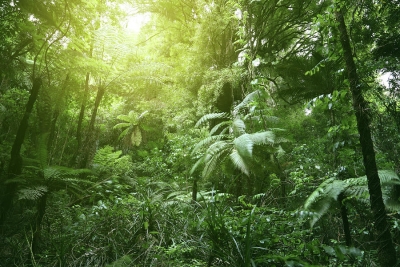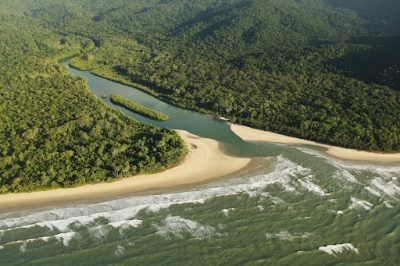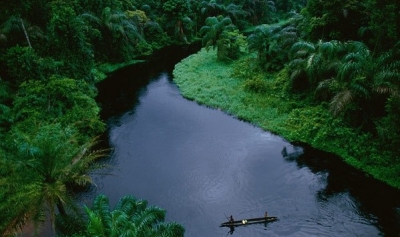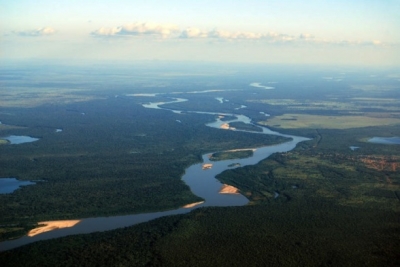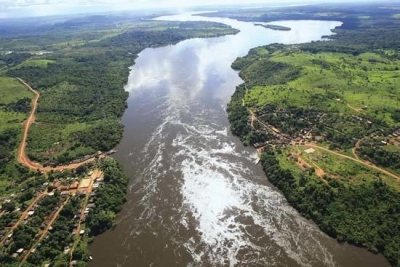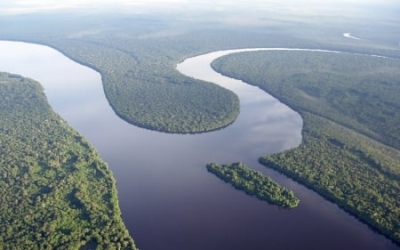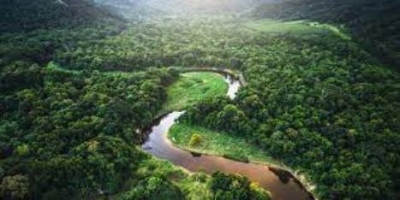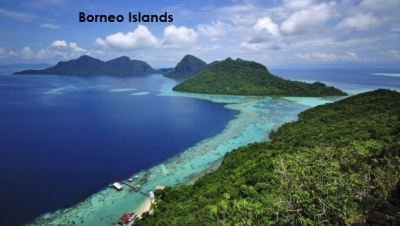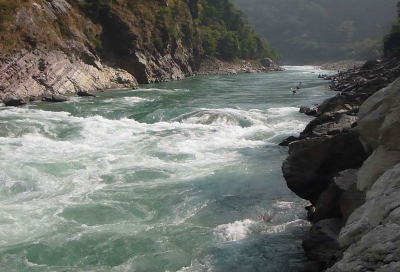Why pitcher plants are called plant carnivores?
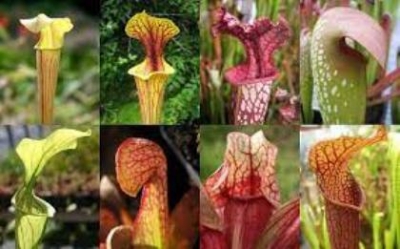
If trees were asked to play the hero characters in the movie called ‘Rainforest’, then pitcher plants should rightly be assigned the role of the ruthless villains! Seemingly innocent and quiet, these vicious plant carnivores cunningly set the death trap for their innocent victims.
Pitcher plants modify their leaves into a vase-like structure called ‘pitcher’ with a raised lid that prevents rain from gushing in. These brightly coloured ‘traps’ give out a pungent odour that insects find attractive. As soon as these innocent nectar seekers set their foot inside the slippery neck of the pitcher, there is no way back. The doomed insect can only watch itself slip down into the ‘deathly hallows’ that are filled with a liquid of digestive enzymes! All efforts to pull their wet bodies out of the ‘sticky situation’ go in vain and they end up as nutrient-rich ‘food’ to the plant. Large flies and other little animals also end up on these ‘plates’.
Remarkably, a few adaptive insect varieties have evolved resistance against these corrosive enzymes.
For instance, a particular pitcher variety spotted in Malaysia was found to have about 27 insect species, including mosquito larvae, happily swimming and living inside these insectivores! How cool is that!
These vegetable carnivores thrive on the forest floor and other supportive plants within the swampy peat forests of Southeast Asia, Australia, Sri Lanka, and few others.
Picture Credit : Google
